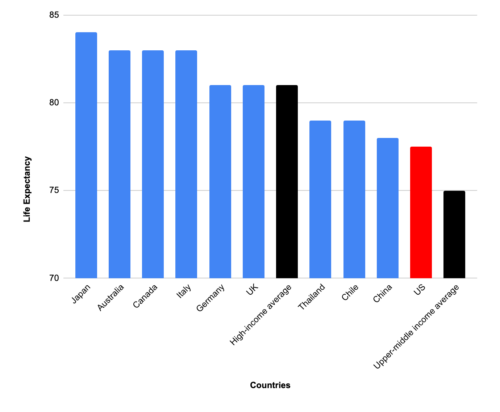The Physical Nation vs The Digital Nation
By: / 11.13.2016
Here are some bullet points on the economics of the election:
- America is divided between the Digital Nation and the Physical Nation. The Digital Nation includes tech, entertainment, publishing, telecom, finance, and professional services such as management consulting, accounting, computer programming, design. The Physical Nation includes manufacturing, mining, construction, retail, transportation, health care, and the rest of the economy The Digital Nation makes up about 25% of private sector employment, the Physical Nation 75% (we first laid out this division of the economy in a March 2016 report).
- While there are many factors going into Trump’s election, on the economic side, there was one reality: The members of the Physical Nation finally got tired of suffering while the Digital Nation soared. And since the Physical Nation outnumbers the Digital Nation 3-1, that’s the election.
- For the past fifteen years, the Digital Nation enjoyed strong productivity growth, stable prices, high investment in IT, rising employment, and higher (and rising) incomes. By contrast, the Physical Nation has suffered from weak productivity growth, rising prices, weak investment in IT, weak employment growth (outside of healthcare), and lower (and barely rising) incomes.
| Digital Nation vs Physical Nation | ||
| Digital Nation | Physical Nation | |
| Productivity growth rate (2000-2015) | 2.7% | 0.7% |
|
Real compensation per worker, growth rate (2000-2015) |
1.3% | 0.8% |
| Employment growth rate (2000-2015) | 1.3% | 1.4%
0.1% (without healthcare) |
| Share of private sector employment (2015) | 25% | 75% |
| Share of private sector compensation (2015) | 35% |
65%
|
| Share of IT investment (2015) | 75% |
25%
|
| Annual price change | 0.8% |
2.4%
|
| Data: BEA, BLS, author calculations
The split between the digital and the physical sector was first described in Mandel (2016). Numbers may differ slightly from earlier calculations. |
||
4. The Digital Nation is concentrated in blue states. States that voted for Clinton in this election averaged 35% digital, while states that voted for Trump are 23% digital on average. Here are the top states, measured by share of private sector GDP coming from the digital sector.
| Top Digital States | |
| Share of private economy that is digital | |
| DC | 49.9% |
| Delaware | 47.8% |
| New York | 43.8% |
| Massachusetts | 37.7% |
| Oregon | 37.4% |
| Connecticut | 34.3% |
| Virginia | 33.5% |
| California | 33.5% |
| Colorado | 32.5% |
| Rhode Island | 31.5% |
| Maryland | 31.1% |
| Georgia | 30.8% |
| NH | 30.4% |
| Illinois | 30.1% |
| New Jersey | 29.8% |
| Minnesota | 29.8% |
| Washington | 29.4% |
| Missouri | 28.0% |
| North Carolina | 27.7% |
| Utah | 27.6% |
| Pennsylvania | 27.2% |
| Arizona | 26.8% |
| Florida | 26.5% |
| South Dakota | 26.3% |
| Ohio | 25.8% |
| Nebraska | 23.5% |
| Kansas | 23.3% |
| Michigan | 23.3% |
| Wisconsin | 23.2% |
| Data: BEA, author calculations | |
Next: How trade and productivity growth have affected the Physical Nation
Twitter Feed
Twitter feed is not available at the moment.







